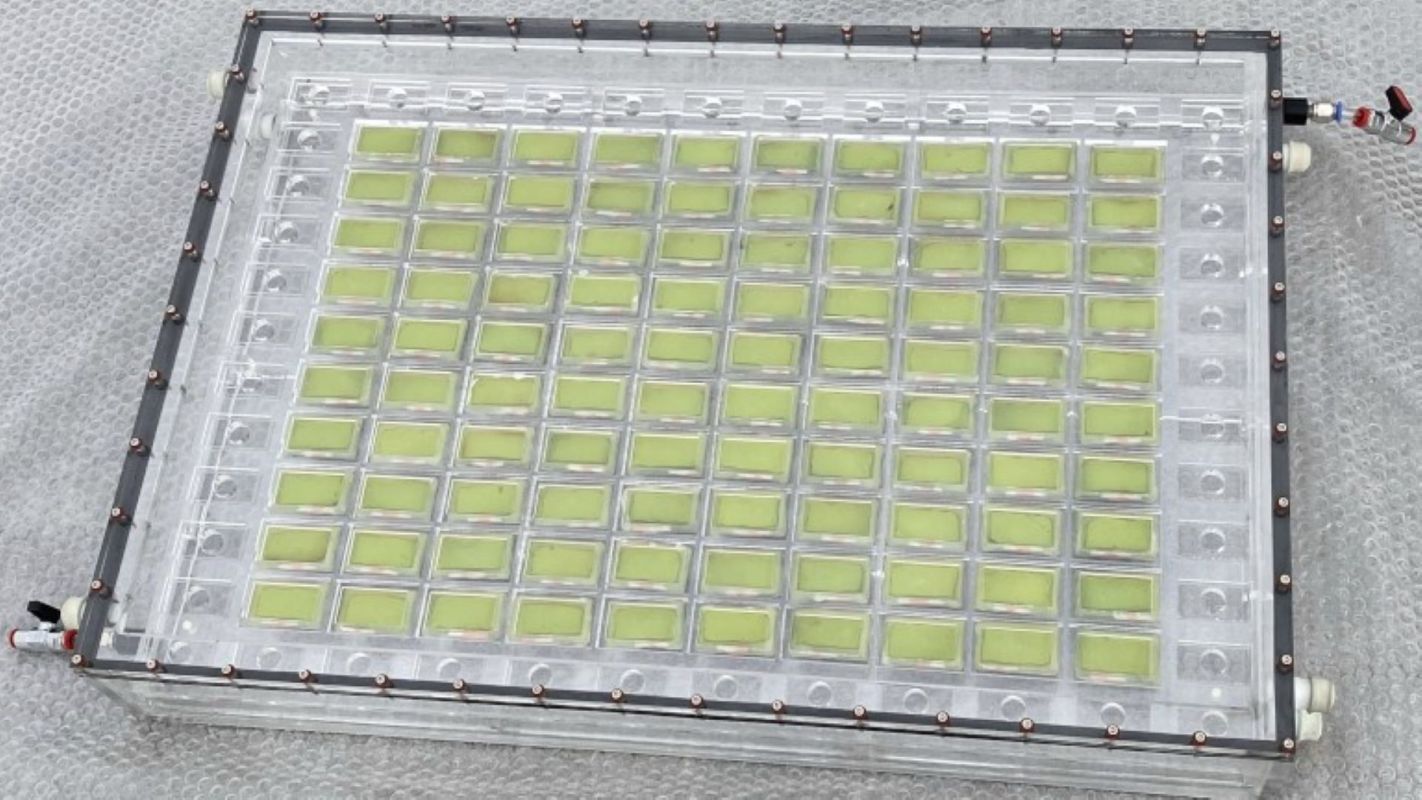Researchers at Cambridge University have made a new form of foliage that they said can create clean fuel for vehicles. And amazingly, these "leaves" don't grow on trees.
The human-made versions, which were created in a lab and are about the size of a thumbnail, can turn sunlight, carbon dioxide, and water into energy just like the real thing, according to a description of the work by SciTechDaily. But these leaves create ethanol and propanol, a cleaner burning fuel source than plain, old gas.
"[W]e've been able to produce a practical liquid fuel just using the power of the sun. It's an exciting advance that opens up whole new avenues in our work," Cambridge chemistry professor Dr. Motiar Rahaman said in the SciTechDaily report.
The experts have been working on the leaves since around 2019 when the BBC reported on the breakthrough.
The artificial leaves also use photosynthesis to make energy. The researchers said these renewable liquid fuels could be used to cleanly (with zero-carbon emissions) power vehicles, according to SciTechDaily's story on the science.
Ethanol is not a new concept for fuel. In fact, the United States Department of Energy reported that more than 98% of gasoline in the U.S. contains biofuel to oxygenate it. Energy officials said that ethanol is a cleaner-burning additive to your tank.
The hitch is that most of the ethanol is made with corn. About 45% of the 90 million acres of corn planted in the U.S. is used to make ethanol, according to federal statistics.
"Biofuels like ethanol are a controversial technology, not least because they take up agricultural land that could be used to grow food instead," Professor Erwin Reisner, who led Cambridge's artificial leaf research, told SciTechDaily.
But the leaf developed by the university team replaces corn, in part, with renewable sunlight. If the concept can be developed on a large scale, acres of produce wouldn't need to be harvested for fuel.
The artificial leaf is small, with a square, green "photoanode" on its surface — the part that collects sunlight. A photo shared by SciTechDaily of the "photoreactor" looks a little more complex. The artificial leaf is part of a system of clear, connected cylinders. Once exposed to the sun, science starts to happen.
"Shining sunlight on the artificial leaves and getting liquid fuel from carbon dioxide and water is an amazing bit of chemistry," Rahaman said to SciTechDaily.
There's still some more research needed before fuel created from human-made leaves will be powering your drive to the grocery store. But the Cambridge experts have proven the concept, according to the SciTechDaily's report.
The next step is creating leaves that can mass-produce fuel at highly efficient rates.
"Even though there's still work to be done, we've shown what these artificial leaves are capable of doing," Reisner said in the SciTechDaily report. "It's important to show that we can go beyond the simplest molecules and make things that are directly useful as we transition away from fossil fuels."
Join our free newsletter for weekly updates on the coolest innovations improving our lives and saving our planet.









